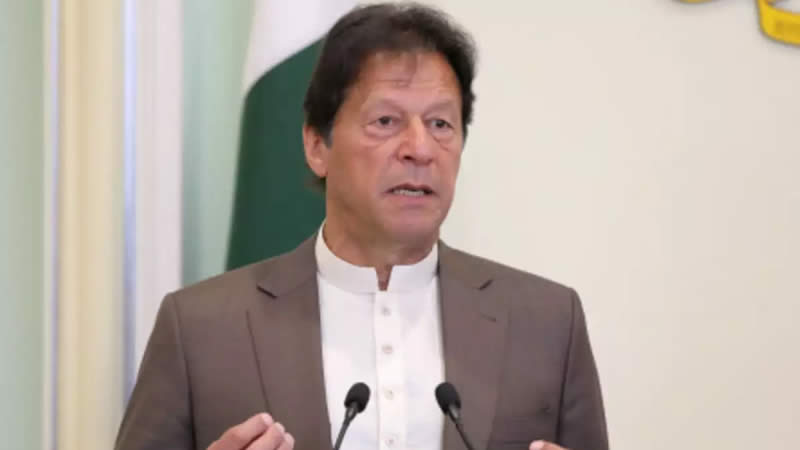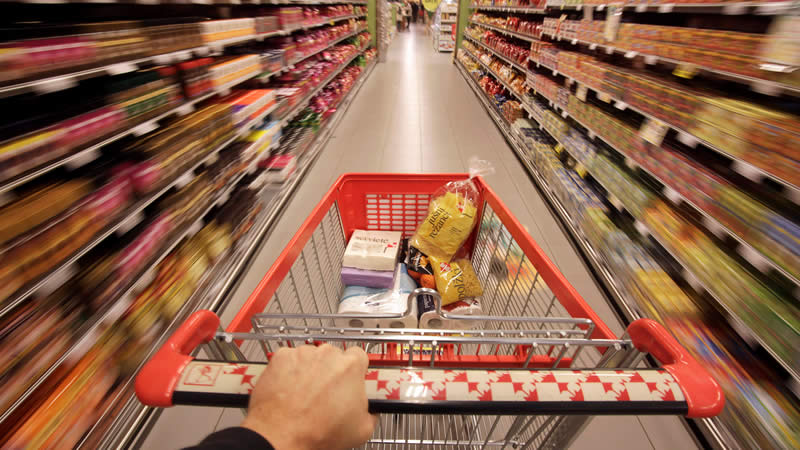 KARACHI (October 11 2010): Inflation is all set to reach a 17-month high with the September Consumer Price Index (CPI) likely to cross 15 percent on a yearly basis. Food inflation is the main culprit, thanks to the devastating floods. The combined SPI surged by 4.8 percent during the 19-August to 16-September period which proximates with the heavyweight food component of the CPI.That explains the over 2 percent expected monthly increase in headline inflation. Nonetheless, the SPI receded by 1 percent during the last two weeks of September, which suggests that the October inflation might remain subdued. However, the low base effect will play its role (remember October 09 was the only month in the last fiscal year with a single digit inflation) as the October inflation may also hover around 14.5-15 percent.This low base effect will be more prominent during November and December as the CPI may easily cross 16 percent in December. This will take the half-year average to over 14 percent. However, because of the high base effect amid restoration of the supply chain after the floods, inflation may taper a bit in the second half of this fiscal year.while professionals at SBP, unlike 2008, will keep on employing a proactive approach to counter inflationary expectations by using interest rates to keep both the exchange rate and inflation in check. The objective is to keep the real interest rates in the green, which are slightly positive at this point.With real interest rates in the red, there is a case of speculative activities in the stock market, real estate market and the commodity market. That can fuel inflation further and divert liquidity in non-productive activities. Some seasoned analysts argue that the wheat and sugar crises in the last couple of years are partly attributed to this phenomenon.Even if the monetary policy remains inactive to inflationary expectations, the market rates will readjust by the demand and supply mechanism. And that too, at a time, when the government is heavily reliant on domestic banking sources for its deficit financing. T-Bills’ auctions might be unsuccessful. Banks will demand higher yields and in turn, market rates (KIBOR and T-Bills) might go up.This can trigger the panic button – exactly what happened in 2008. Hence, to keep macroeconomic imbalances at a minimum, while keeping in mind the risk of a sudden hike in global commodity prices, the SBP’s learning lesson from the 2008 crisis is to be proactive.
KARACHI (October 11 2010): Inflation is all set to reach a 17-month high with the September Consumer Price Index (CPI) likely to cross 15 percent on a yearly basis. Food inflation is the main culprit, thanks to the devastating floods. The combined SPI surged by 4.8 percent during the 19-August to 16-September period which proximates with the heavyweight food component of the CPI.That explains the over 2 percent expected monthly increase in headline inflation. Nonetheless, the SPI receded by 1 percent during the last two weeks of September, which suggests that the October inflation might remain subdued. However, the low base effect will play its role (remember October 09 was the only month in the last fiscal year with a single digit inflation) as the October inflation may also hover around 14.5-15 percent.This low base effect will be more prominent during November and December as the CPI may easily cross 16 percent in December. This will take the half-year average to over 14 percent. However, because of the high base effect amid restoration of the supply chain after the floods, inflation may taper a bit in the second half of this fiscal year.while professionals at SBP, unlike 2008, will keep on employing a proactive approach to counter inflationary expectations by using interest rates to keep both the exchange rate and inflation in check. The objective is to keep the real interest rates in the green, which are slightly positive at this point.With real interest rates in the red, there is a case of speculative activities in the stock market, real estate market and the commodity market. That can fuel inflation further and divert liquidity in non-productive activities. Some seasoned analysts argue that the wheat and sugar crises in the last couple of years are partly attributed to this phenomenon.Even if the monetary policy remains inactive to inflationary expectations, the market rates will readjust by the demand and supply mechanism. And that too, at a time, when the government is heavily reliant on domestic banking sources for its deficit financing. T-Bills’ auctions might be unsuccessful. Banks will demand higher yields and in turn, market rates (KIBOR and T-Bills) might go up.This can trigger the panic button – exactly what happened in 2008. Hence, to keep macroeconomic imbalances at a minimum, while keeping in mind the risk of a sudden hike in global commodity prices, the SBP’s learning lesson from the 2008 crisis is to be proactive.
Although chances of a sudden hike in global commodity prices owing to the ongoing currency war are low, domestic supply shocks in the aftermath of the floods and magnetisation of fiscal deficit are detrimental to keeping macroeconomic sanity.There is surplus liquidity in the market, albeit, the avenues to deploy it are few. Banks are shy to lend to the private sector owing to high non-performance, while the private sector lacks the business ideas to borrow at this rate. There are some seasonal factors contributing to it and private credit might kick-start in November and December, albeit, not much.The SBP might continue mopping up excess liquidity through open market operations to keep the interest rate less volatile within the corridor. It picked Rs43 billion on October 1, at 11.7 percent.The market appetite is predominantly confined to short-term government bills. As against the target of Rs80 billion, the participation was Rs242 billion (83 percent in the 3-month paper), while the amount raised is Rs83 billion. With Rs57 billion raised in the three-month paper, the roll-over risk mentioned in the SBP’s recent monetary policy heightened.
The second quarter auction target is at Rs685 billion while the maturity within the quarter is now at Rs704 billion, inclusive of Rs57 billion in the three-month paper raised last week. The government might revise its target to rollover its debt.
MONEY AGGREGATES:
The currency in circulation after a sharp spike two weeks back is declining. With Rs33 billion reverting to the system last week, the year to date increase in CIC is reduced to Rs113 billion. The demand and time liabilities increased by Rs28 billion for the week ending September 24 to shrink the year to date fall to Rs120 billion. The overall money supply virtually remained at previous week levels.Government kept on borrowing from the State Bank after a blip the previous week. With Rs25 billion borrowed last week the year-to-date magnetisation reached at Rs220 billion. Overall stock of government borrowing is standing at a staggering Rs1.4 trillion, out of which over a trillion borrowed since FY08.It is interesting to see how the government manoeuvre its funds to come anywhere close to IMF net zero quarterly borrowing target from the central bank in the last week of the first quarter.Credit to the corporate sector kept on its downhill journey – for the week ending September 24, credit to the private sector and public sector entities declined by Rs11 billion and Rs8 billion respectively – Brecorder
==============================================================
KEY MONETARY AGGREGATES AS ON SEP 24
==============================================================
Rs (mn)
24-Sep 17-Sep Change
==============================================================
Currency in Circulation 113,587 146,830 (33,243)
Total Demand & Time Deposits(119,858) (147,872) 28,014
Broad Money (M2) (4,578) (250) (4,328)
NFA 5,891 935 4,956
NDA (10,467) (1,186) (9,281)
Net Government Borrowing 186,003 155,815 30,188
Borrowing for budgetary support 213,176 182,592 30,584
from SBP 220,274 195,055 25,219
from scheduled banks (7,098) (12,463) 5,365
Commodity operation (26,310) (26,001) (309)
Credit to non-govt sector (82,189) (62,915) (19,274)
to private sector (78,123) (67,163) (10,960)
to PSEs (4,320) 3,991 (8,311)
————————————————————–
Source: SBP
==============================================================










